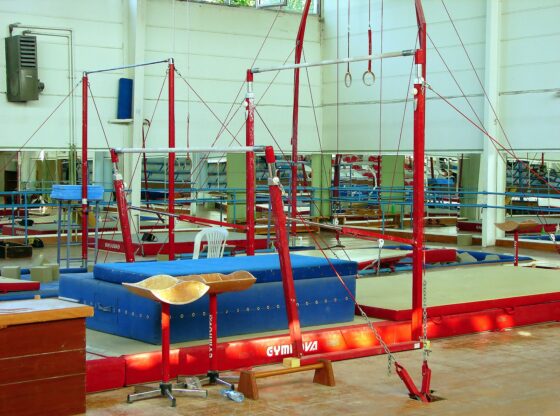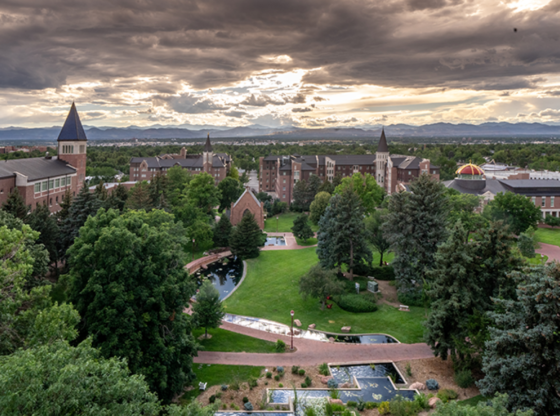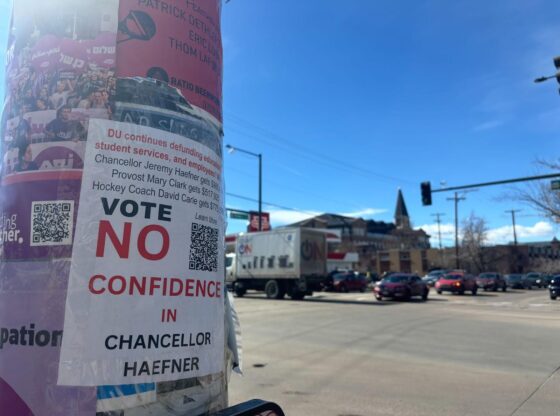The Catholic Church made global headlines a couple of weeks ago with the election of a new pope, upon the nearly unprecedented resignation of Pope Benedict XVI in late February. Pope Francis, the 266th pope to lead the Catholic Church, was elected on March 13.
He is the first Jesuit pope, the first from the Americas, and the first from the Southern Hemisphere, hailing from Buenos Aires, Argentina. He is also the first non-European to head the Church in nearly 1,300 years.
With this symbolic change completed, it is time for the Church to take further steps to retain its dwindling membership in the Western world and ensure its future success as a lasting, global institution.
There are currently about 1.1 billion people in the world who identify themselves as Catholics. Although this is an astonishing figure, a closer examination of the situation is necessary to understand the whole picture. While Church membership in Africa and Asia is rising, membership in the West is in steep decline.
In the U.S., fully one-third of Americans raised Catholic no longer describe themselves as Catholic. American churches have lost 5 percent of their membership in the last decade, and would have lost far more if not for the influx of practicing Catholic immigrants from Latin America.
Catholicism is also in more rapid decline than other Christian denominations in the U.S., with more than 1,000 parishes closing their doors since 1995 and the number of priests declining from 49,000 to 40,000 in the same time period.
But it is not simply an American problem. In France, a country that is 88 percent Catholic, only 5 percent regularly attend mass. In Ireland, regular mass attendance was 84 percent in 1991, but today is significantly less than 50 percent. Europe’s traditional position as the heart of the Church is simply no longer true.
Worldwide opinion on social issues, namely abortion, gay marriage and ordination of women is rapidly changing, while the Church remains bound to centuries-old tradition. While it may be unreasonable to ask the Church to change its stance on such issues, it can at the very least be more accepting to different perspectives instead of teaching that there is only one righteous and true way.
In Dec. 2011 and Jan. 2012, the Church launched the “Catholics Come Home” campaign, a huge media advertising blitz in hopes of encouraging Catholics who had left the Church or had stopped attending mass to “come home” and make their Catholic faith a more central part of their lives. This effort has not resulted in a meaningful increase in weekly mass attendance.
The best thing the Church can do at this juncture, as the world keeps changing and a major outreach campaign has failed, is to make an effort to ask practicing and non-practicing Catholics about what is driving them away from the Church and what can be done to reverse it.
This could be in the form of feedback surveys available in churches and online, so local parishes and larger archdioceses can learn about what matters to Catholics in their area and how they can encourage Catholics to make their faith a larger part of their lives.
This idea of individual feedback may be a foreign concept to the Church, but may be the last chance it has to better understand what matters to Catholics in the world. It does not take a statistician to put the puzzle pieces together and see that, unless something changes, the Catholic Church in the West may be nothing more than a shadow in a couple decades.












